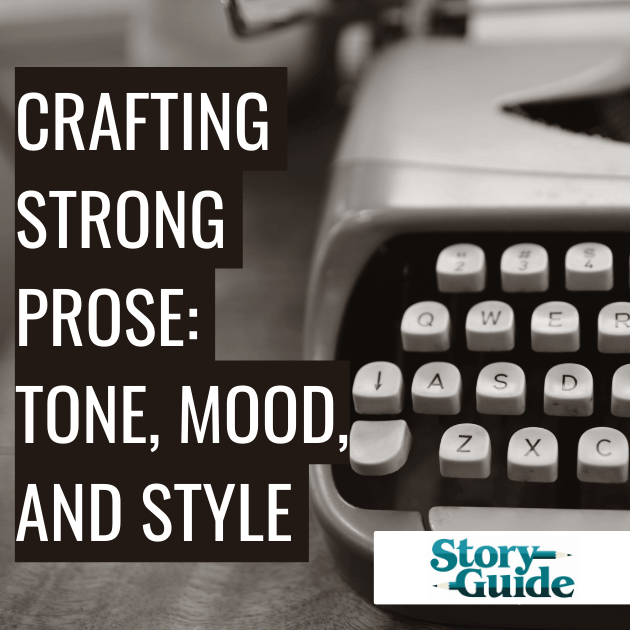 The stories that stay with us are the ones we lose ourselves in, the ones that linger long after we’ve finished them, the ones that make us feel. But how can we be sure we are connecting with our readers on this emotional level? Of course, understanding your deep level why can help, as can developing your unique writer's voice. But there are three other essential elements a writer must hone to connect readers to the emotional heart of a story:
The stories that stay with us are the ones we lose ourselves in, the ones that linger long after we’ve finished them, the ones that make us feel. But how can we be sure we are connecting with our readers on this emotional level? Of course, understanding your deep level why can help, as can developing your unique writer's voice. But there are three other essential elements a writer must hone to connect readers to the emotional heart of a story: TONE, MOOD AND STYLE
The relationship between tone, mood, and style is nuanced, and sometimes all three are used interchangeably with voice. Tone, mood, and style certainly all contribute to a strong writing voice. But it's important to recognize how these unique elements interact and influence each other to create not only a strong voice, but compelling writing. So let's dive into these essential elements of prose.
WHAT IS TONE?
Tone is the attitude of the narrator or viewpoint character in your story. In real life, we bring our own unique life experiences, understanding, prejudices, hopes, and dreams to every situation. This is true for your characters as well. Their experiences determine their attitude, which influences everything from the way they act, or react, to how they speak, think, plan, and understand the world they are a part of. This attitude sets the tone of a scene or the overall story.
Let's dive deeper.
Tone begins with fully developed characters. Their life experiences shape their attitude, and that attitude influences everything: the words they choose, how they perceive the world, how they react under pressure. A panicked assassin’s target might narrate in short, clipped sentences, while someone falling in love may linger on sensory details.
A character being pursued by assassins might, for instance, have frantic, disjointed thoughts. The sentences may be short, choppy, and frenetic. They may not notice in their panicked state that their shoelace is untied until too late! They stumble and fall to the ground.
A scene that includes a couple in the first flushes of love may focus on the sun highlighting the red in her hair, note the melodic birdsong in the park, and contain cautious, sweet, lingering dialogue.
Tone is great for differentiating between the characters in your story. Tone is also an excellent way to connect a reader emotionally, but note that a character's tone can change throughout your story. As your protagonist learns and grows via their character arc, so must their tone shift to match their new understanding.
WHAT IS MOOD?
Mood is the atmosphere, or vibe, evoked in the reader by a story. Mood is the atmosphere a story creates, the emotional environment the reader experiences. While tone is a character’s outlook, mood is the story’s vibe. While the mood may shift slightly from scene to scene, it should be relatively consistent throughout a novel. And it should ramp up in intensity as your story approaches its climax.
Mood is influenced by both tone and genre. A viewpoint character who is a bit of a Pollyanna, for instance, in a horror, might start with a positive, problem-solving, look-on-the-bright-side attitude, that will gradually shift as the story ramps up. The mood of the story in this case would be in sharp contrast to our Pollyanna, and the reader would feel an increasing sense of dread as her perspective shifts. Likewise, the genre sets the framework for mood and how it will shift: a horror should become increasingly dark, a comedy increasingly hilarious, and a romance increasingly emotional, as these stories reach their climaxes.
WHAT IS STYLE?
Style is the way a writer uses words to convey tone and mood. Consider the master of mood and tone, Edgar Allen Poe's first line of The Pit and The Pendulum:
I was sick — sick unto death with that long agony; and when they at length unbound me, and I was permitted to sit, I felt that my senses were leaving me.
There are many ways our narrator could convey what is happening: he has been bound for some time, feels not so hot, and is about to pass out. In the way Poe has structured this sentence, we glean so much about not only the tone, aka our protagonist's attitude. The slight hiccup depicted by the em dash, and subsequent clarification of the intensity of our protagonist's sickness give us a good sense of our protagonist's mindset- he's feeling pretty lousy and maybe considering death more suitable than his current situation. But it also conveys the mood - whatever is happening in this scene is pretty dark and foreboding. And the formal vocabulary and sentence structure are Poe's unmistakable writing style and unique voice.
Unlike voice, style can change according to the needs of the story. Writing a newspaper article will require different sentence structures, word choices, and formatting than a sweeping, many-worlds sci-fi. Which words and sentence structures you choose to fill those requirements, of course, will be determined by your own unique voice.
HOW GENRE INFLUENCES TONE, MOOD, AND STYLE
Genre provides the framework; voice brings the story to life! Each genre has certain story requirements and established norms for tone and mood, which will be important to know as you write. Another way to think about genre expectations is to think of them as reader expectations. A horror lover is going to expect to be scared at some point. A comedy lover will want to be amused or even laugh out loud as they read. If you’re writing romance, the conflict will be likely centered on the obstacles the eventual lovers must overcome to get together by the end. In a mystery, there must be some sort of mystery to be solved and a slow drip of clues throughout the story. These things affect not only the structure, but also the tone, mood, and style, so it’s important to determine your genre's expectations upfront.
TONE, MOOD, AND STYLE ARE INHERENT IN ANY WRITING
Tone, mood, and style will show up whether you plan for them or not. But intentional use is what transforms plain storytelling into an immersive experience. Mastering these tools is what makes readers say, “I couldn’t put this book down," instead of "I just didn't connect with the story." It's a subtle art that elevates your storytelling from plain words to an immersive and emotionally resonant experience for your readers.

Love this content?
Subscribe to The Story Guide Dispatch for more!
Find Story Guide
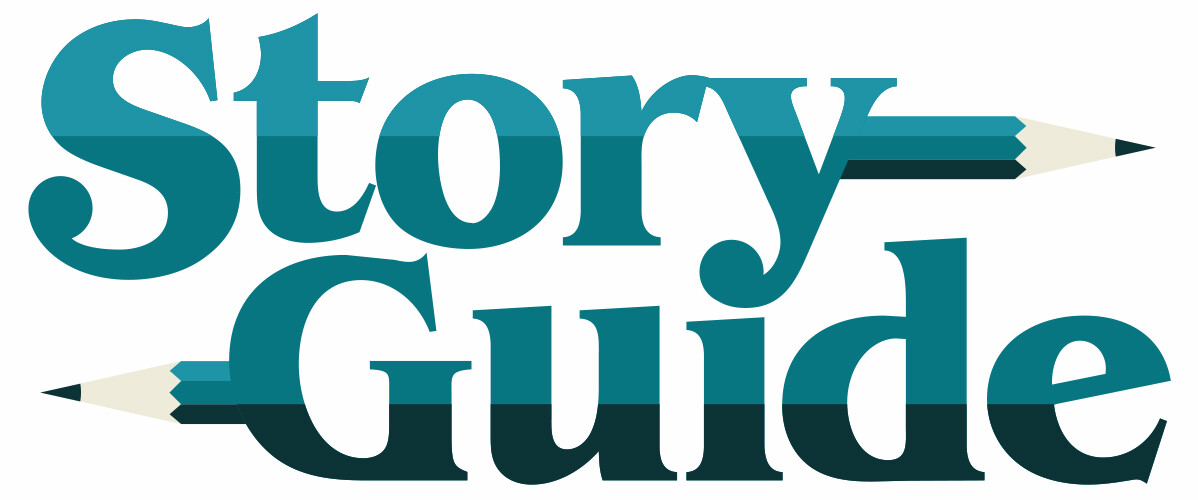

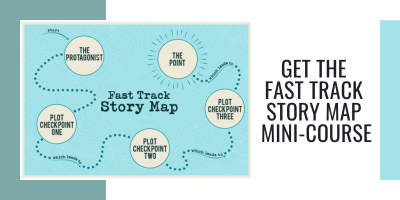

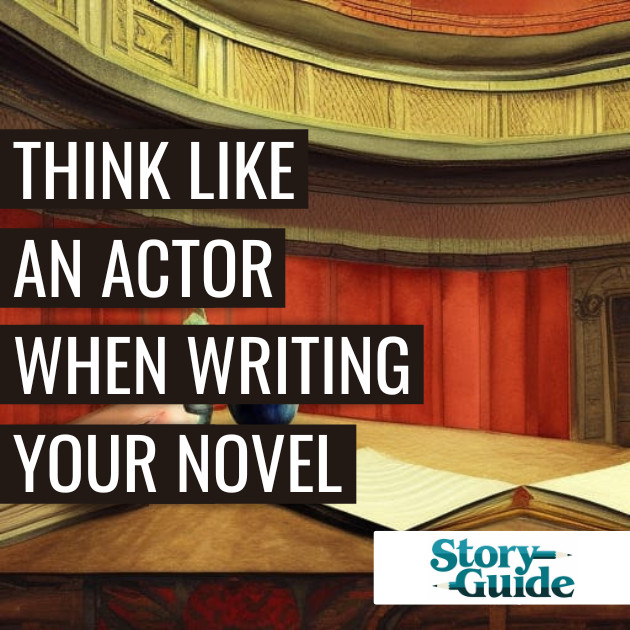
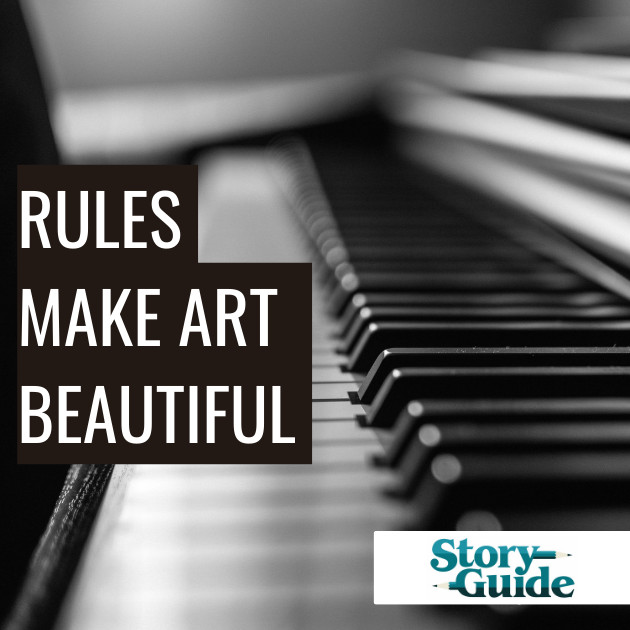



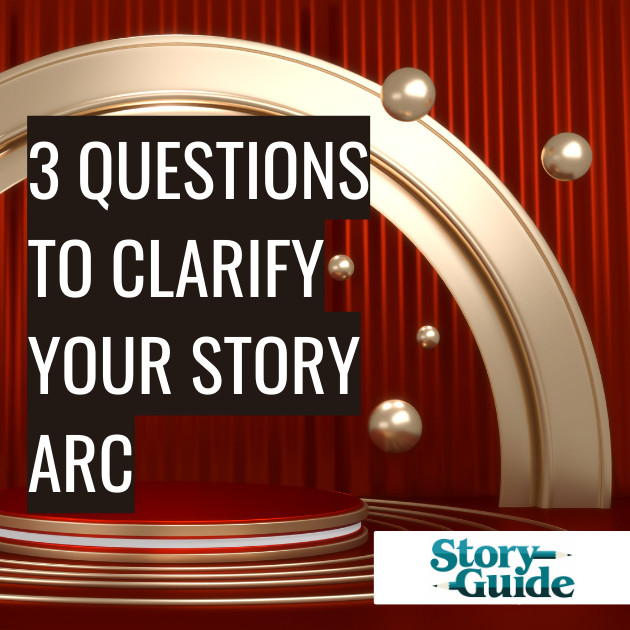


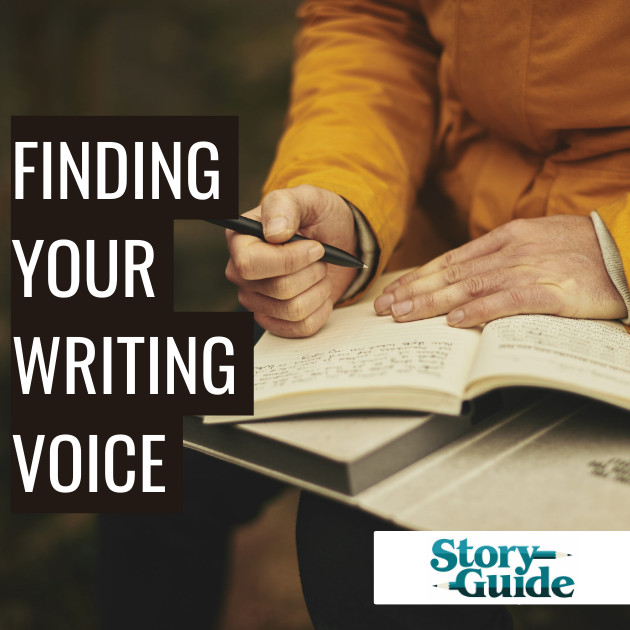

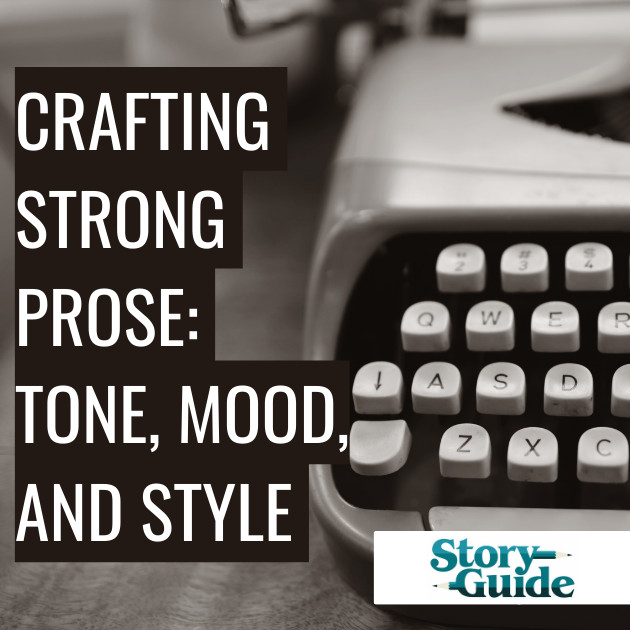






0 Comments